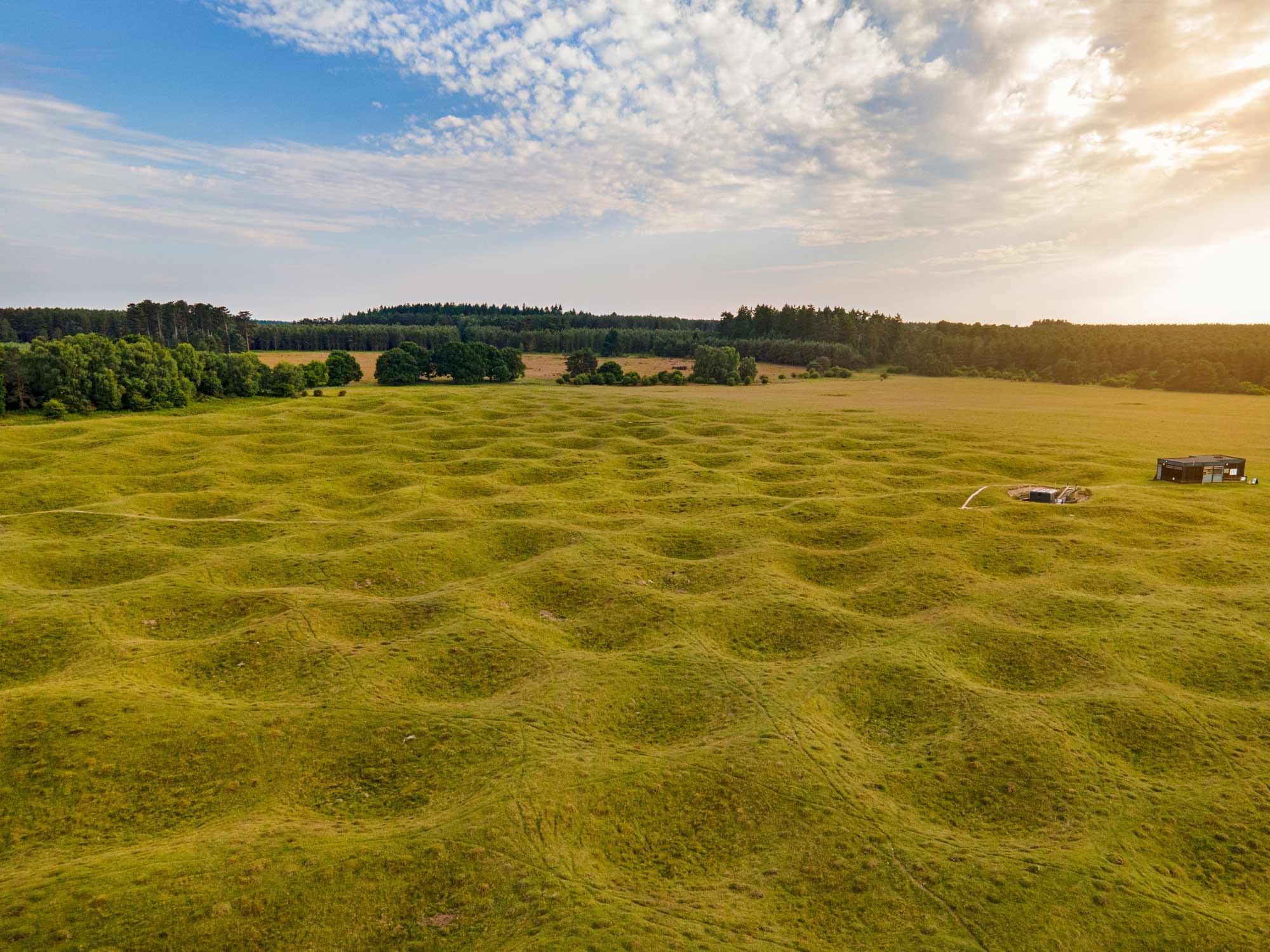
The workshop of the Stone Age
Although the name ‘Grime’s Graves’ might conjure the mental image of a spooky graveyard, the real story of this ancient Neolithic site is not at all frightening – it’s fascinating
Grime’s Graves in Thetford is not a burial ground at all, but one of only ten known Neolithic flint mines in England and its name derives from the old Anglo-Saxon name ‘Grim Graven’.
When the Anglo-Saxons came across the site, with its purpose lost in the midst of time, they believed these indentations in the ground must be made by a God: ‘Grim’ was their God of War, and ‘Graven’ meant ‘to dig’, which makes perfect sense.
Mining began at Grime’s Graves about 4600 years ago and continued for 400 years. The site has been studied since 1870, providing a fascinating insight into the people who worked there. The visible earthworks represent the shafts of 433 mines, but Tim Lynch, Heritage Property Steward at Grime’s Graves, explains that there could be more, possibly thousands, in the surrounding forest. He adds, “The hollows you see today that look like a lunar landscape are real evidence of the intensity and efficiency of the people who mined here. After digging a mine to extract the flint, they filled the empty shaft with the spoil from the next mine, which then settled over time to create these dips in the ground.”
This mining period was one of great change, of the ending of hunting and gathering and the beginning of settlements, farming communities and social structures. The people mining at Grime’s Graves were probably farmers as well, and there is always the question of whether they were ‘farmers-who-mined’ or ‘miners-who-farmed’. Whichever way, digging the chalk shafts and galleries to recover the flint was gruelling. “The main tool used for digging was the red deer antler - which is very pick-like - but what is so admirable is that they dug such deep shafts into the chalk and then worked in long galleries maybe only a metre or so high,” says Tim. To give some idea of the work-ethic of the Neolithic miners, the British Museum - who dug the Greenwell mine in the middle 1970s - ran an experimental archaeology project to calculate how long it may have taken them. To dig a shaft 13m deep with 34m of galleries running off it, the museum estimates it took 20 men only 93 working days. The explanation for the depth of the shafts is that the miners were going through other bands of flint to get to the floorstone. This was a layer of almost continuous jet-black, fault-free, glass-like flint that could be removed as large pieces and worked into the strongest tools and weapons, such as axes, arrowheads and knives, and status-items like polished axe-heads.
“All flint was formed at the bottom of the Cretaceous Sea,” Tim explains, “but this floorstone band, which is 99 million-years-old, formed as a continuous tabular sheet - probably as the result of the liquification and then crystallisation of the silica from an ancient sponge reef - instead of the irregular-shaped stones we’re all used to seeing. There’s actually an ancient sponge reef you can see and touch in West Runton.”
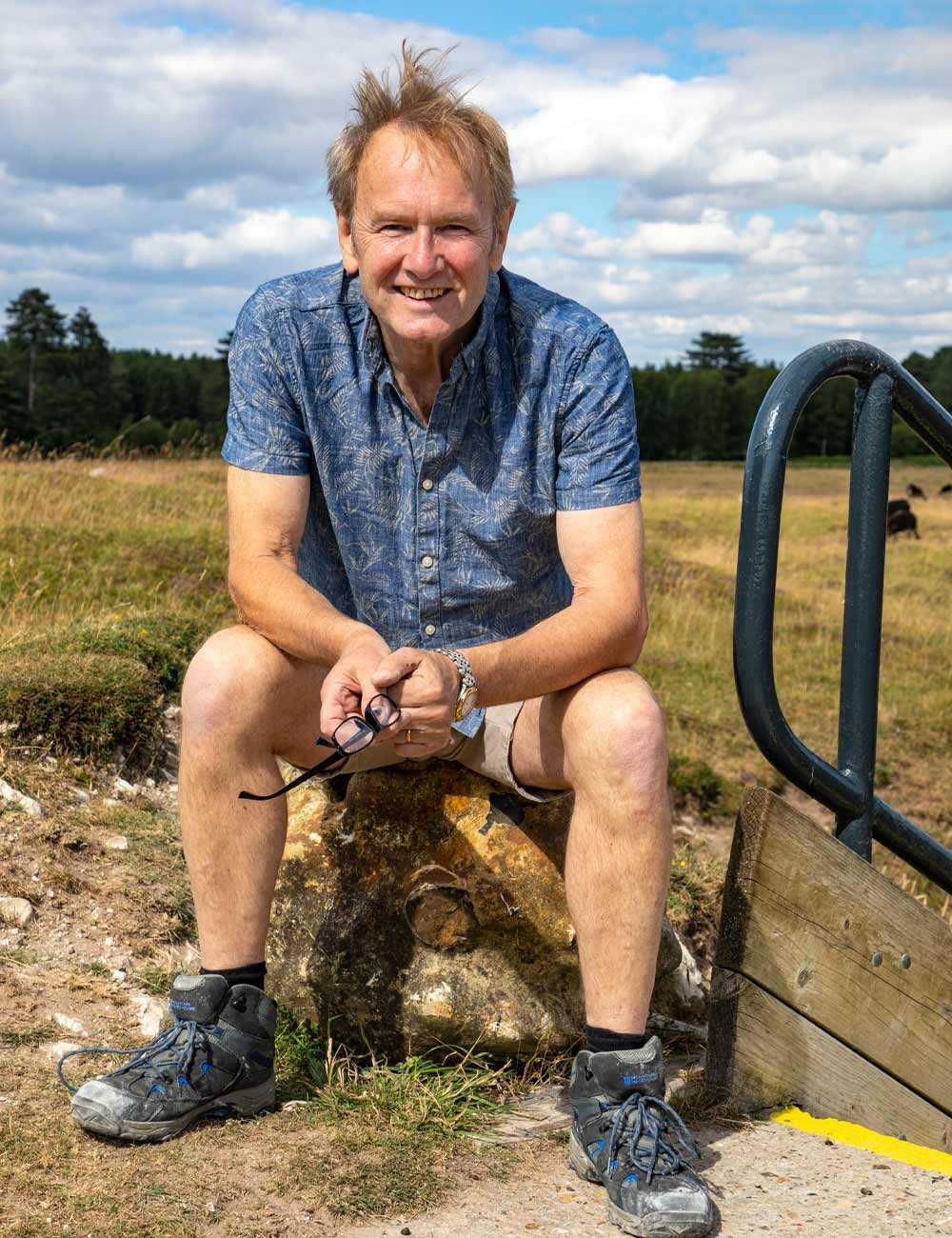
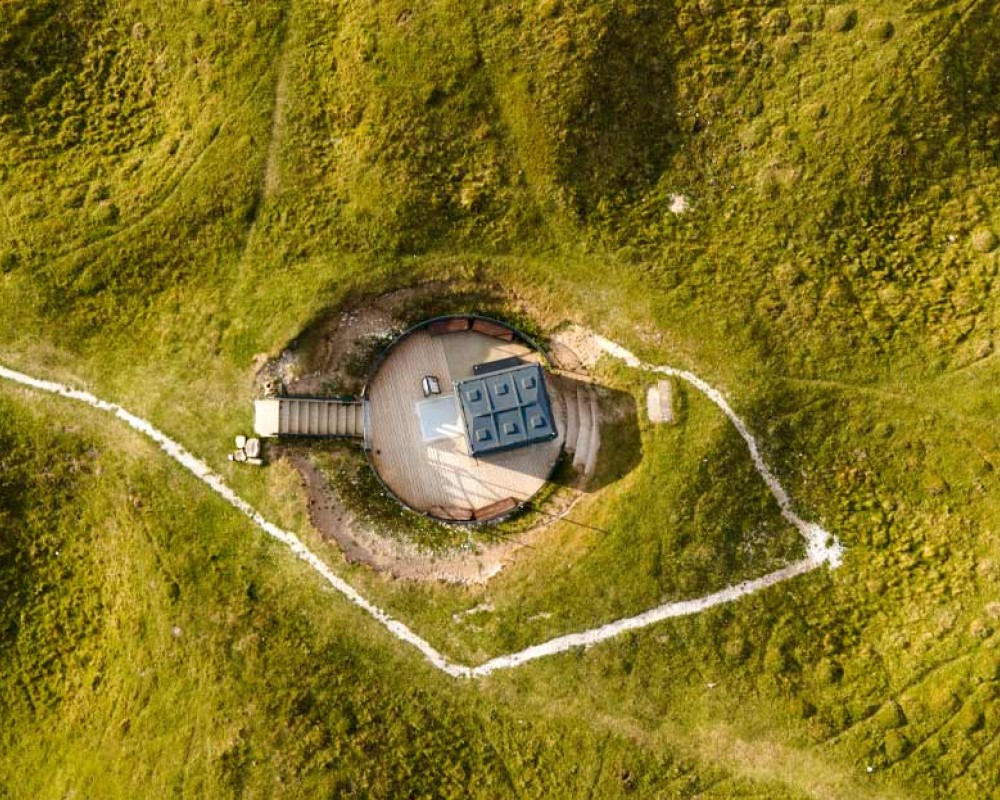
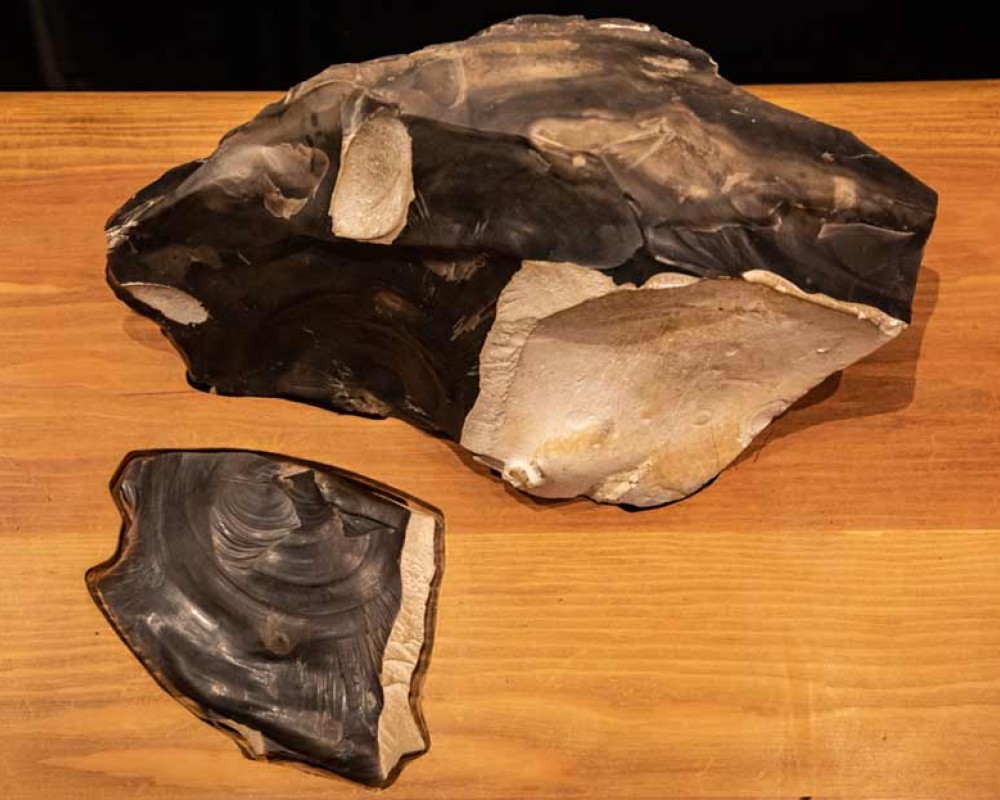
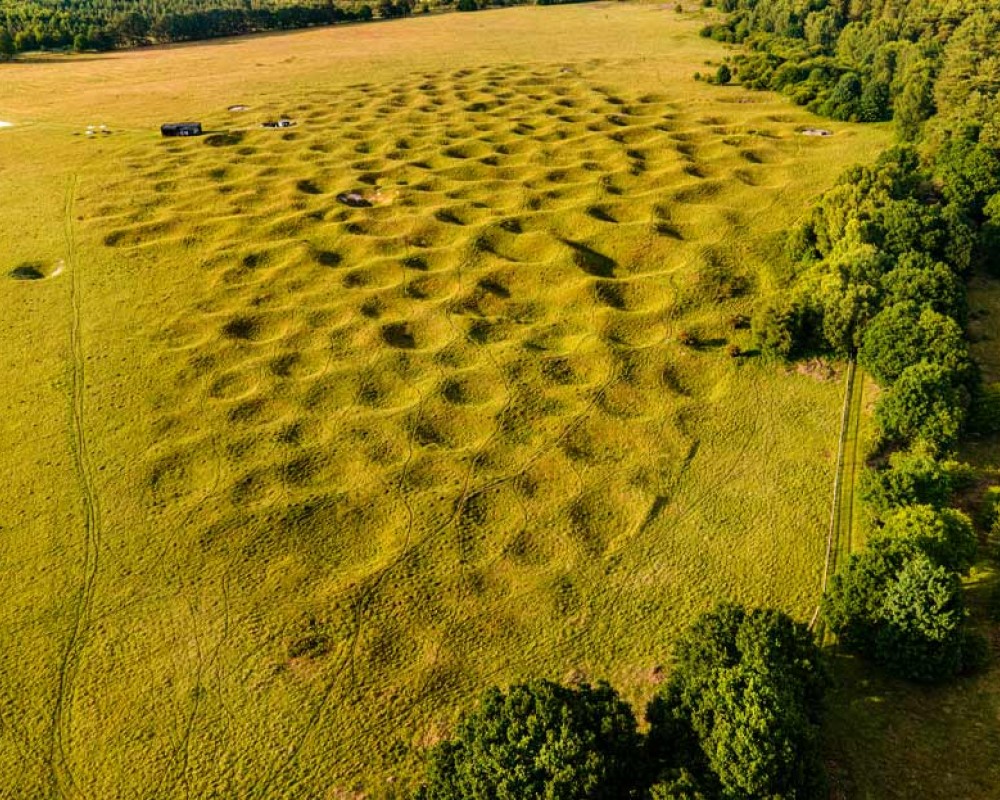
The mined flint would be roughed out into tools and distributed across the country – some has even been found in France, demonstrating how much these people traded. In the Greenwell mine, the miners left a ritual offering to the Gods - two antlers, a bird’s skull from Scotland and greenstone axe from Cornwall - perhaps as a ‘thank you’ for the tools and the extent of the trade. Most of the finds from Grime’s Graves are with the British Museum, although there are collections in the Ancient House Museum in Thetford and Norwich Castle Museum, with some local finds displayed in the visitor centre at Grime’s Graves.
Although there are only three accessible mines – Pit 1, Pit 15 (an old public mine) and Greenwell – overtime, there have been 28 dug and then refilled by archaeologists. Pit 1 is open to the public where a new set of steps enables families (children have to be 7-years old and over) to descend to view the galleries. The Greenwell mine (named after the Canon who dug it in 1870 and proved the site was Neolithic) may be open on occasion to tours (dates available from English Heritage next year). The English Heritage team on site are incredibly knowledgeable, sharing everything there is to know about the site, and there is an exhibition area in the Visitor Centre to help explain the captivating story of Grime’s Graves.
There is surely so much more to discover and many unanswered questions about this extraordinary spot – but who doesn’t love a bit of mystery?
To learn more about Grime’s Graves or book your visit english-heritage.org.uk

